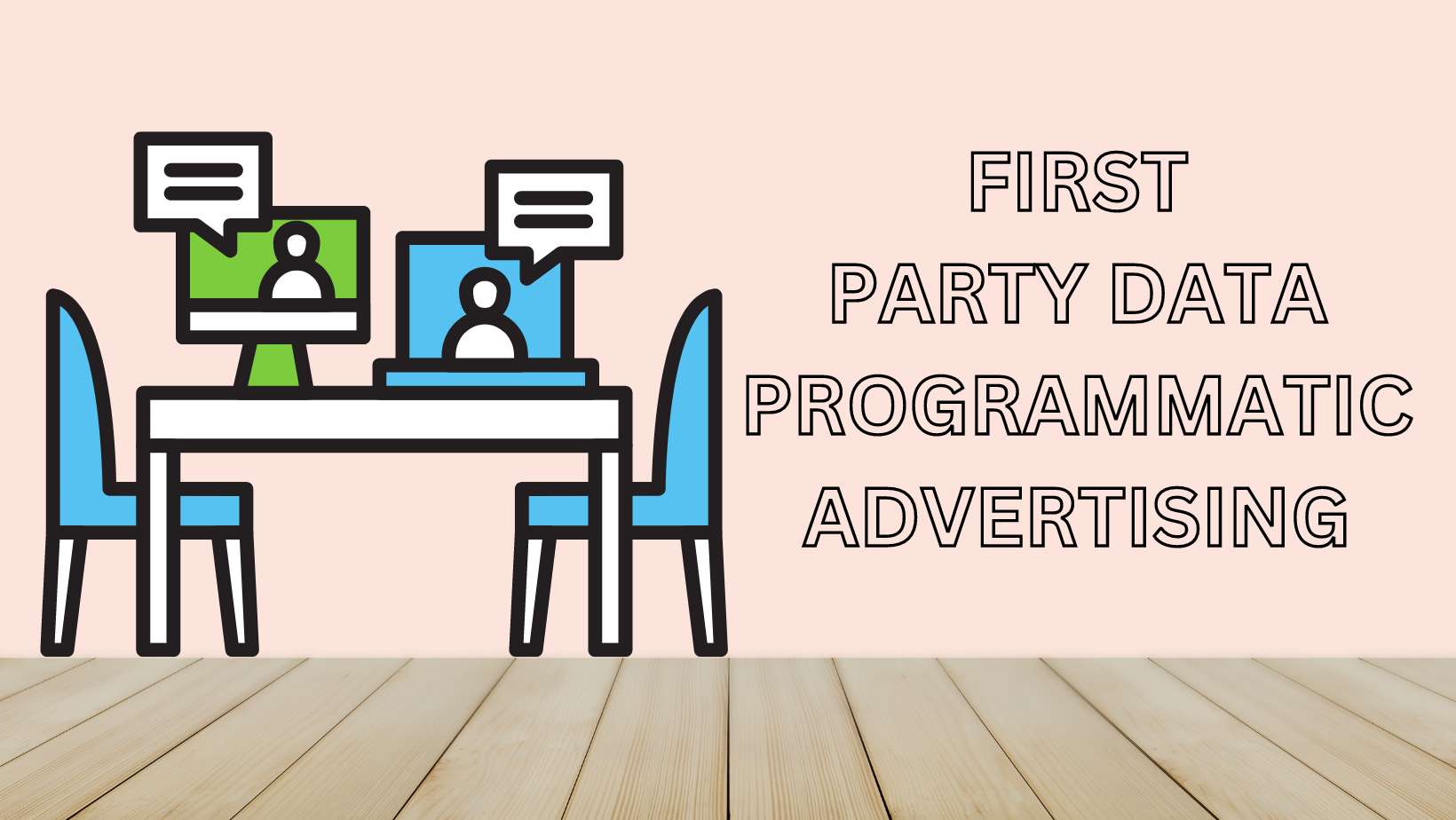
Data has become a critical component in digital marketing for making informed decisions. There has been a significant shift towards programmatic advertising, which uses data and technology to automate buying and selling ad inventory in recent years. One type of data that has gained importance in programmatic advertising is first-party data.
In this context, first-party data refers to the information a company collects directly from its customers or audience. By utilizing first-party data in programmatic advertising, you can improve targeting, personalize your messaging, and increase the effectiveness of your ad campaigns. This article will explore the benefits and best practices for using first-party data in programmatic advertising.
Page Contents
What is first-party data?
First-party data refers to information a company collects directly from its customers or audience. It is typically gathered through interactions with a company’s website, mobile app, social media accounts, or other owned digital channels.
This data can include customer demographics, behavior, transactional data, and other types of user interactions. First-party data is highly valuable because it is reliable and provides insights into a company’s customer base, allowing for more personalized marketing and improved customer experiences.
What is programmatic advertising?
Programmatic advertising is buying and selling ad inventory through automated technology. It uses algorithms and data to purchase ad space in real-time, targeting specific audiences and optimizing campaigns for maximum effectiveness.
Programmatic advertising allows for more efficient and precise ad placement and the ability to measure and adjust campaigns in real-time. It has become increasingly popular in recent years as more advertising moves online and has revolutionized the way that digital advertising is bought and sold.
Benefits of first-party data in programmatic advertising
First-party data in programmatic advertising plays a crucial role in helping advertisers reach their target audiences more effectively. Here are some of the benefits of using first-party data in programmatic advertising:
- Improved Targeting: First-party data allows you to understand better your audience’s behavior, interests, and preferences. You can use this information to create more targeted campaigns that are more likely to resonate with the intended audience. By leveraging the first-party data in programmatic advertising, you can reduce waste and improve the effectiveness of their ad spend.
- Enhanced Personalization: First-party data provides insights into individual user behavior, allowing you to deliver personalized experiences to their target audiences. You can improve engagement and drive better results by using this data to tailor messages and creativity to specific individuals.
- Greater Control: You have more control over their campaigns when using first-party data in programmatic advertising. You can choose which and how to use data, rather than relying on third-party data providers. This gives you greater flexibility in creating and executing campaigns aligning with your goals.
- Increased ROI: By using first-party data to create more targeted and personalized campaigns, you can increase their ROI. With more effective campaigns, they can drive more conversions and revenue while reducing wasted ad spend.
- Improved Customer Insights: First-party data in programmatic advertising provides valuable insights into customer behavior, preferences, and buying patterns. By analyzing this data, you can better understand their target audience and use this information to inform future campaigns and strategies.
How to collect first-party data?
There are various ways to collect first-party data. Some of them are: –
- Website- A company’s website can furnish abundant data on visitors, comprising names, email addresses, behavior, and transactions. Additional behaviors such as hovering over text or images can also be tracked for targeted retargeting.
- Mobile web -The mobile version of a website can collect similar data to the full version, but some mobile devices may not support JavaScript or cookies. You can collect meaningful user interactions, even without cookies, by encouraging users to log in to the site.
- Mobile App users are typically brand loyalists since they chose to download the app. To extract useful data from a brand app, you should identify and measure which user events are significant.
- E-mail and SMS – Email data includes open rates, click rates, and bounce rates and can be used to segment audiences for targeted campaigns based on different levels of engagement. Similarly, SMS data can be useful because customers who allow brands to engage with them through text messaging are highly interested.
- Point of sale and CRM data is a significant offline source of data that can help you target and activate your best customers online. It also allows for personalization by knowing a shopper’s purchase history and provides valuable insights into what is selling and what is not.
- Beacons are the next step for retailers as they offer detailed in-store and location-based customer data, yielding enormous potential for data collection.
Call centers can also provide valuable data to brands. They are where new accounts are initiated and problems surface, so the rich data produced should not be overlooked, despite investments in automation and systems.
Conclusion
Relying solely on third-party data isn’t enough to drive marketing success anymore. Forward-thinking marketers realize the boundless potential of using first-party data in programmatic advertising. The use of this data is considered the cornerstone of a data-driven marketing strategy for the future.
By using all of your brand’s first-party data to identify customers, you can create a data asset that forms the basis of all consumer engagements – whether on the web, mobile apps, stores, email, digital ads, call centers or beyond.
Armed with this knowledge, you can expand your reach across channels, foster customer relationships, enhance retention rates, and boost brand revenues. Although it can be challenging to keep up with consumers as they switch between channels and devices, with the right technology and a customer intelligence strategy rooted in first-party data, you’ll find that the most straightforward path begins and ends with the data you already own.